Historical survey of witchcraft and magic
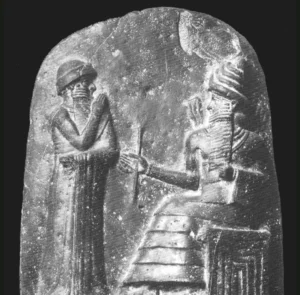
In ancient times, witches and magicians were part of society. Magic was permitted as long as it was beneficium (beneficium), but became punishable (maleficium) when abused.

Already in classical antiquity, it was mostly women who had to suffer as witches and evil beings using harmful magic.
Circe in Homer’s Odysseus is described as a witch who turned Odysseus’ companions into pigs. The witch Medea killed her own children.
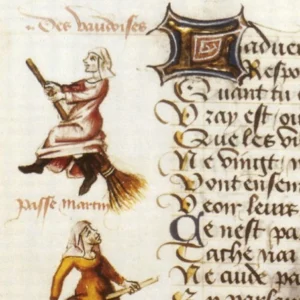
After the fall of the Western Roman Empire, Europe entered the Dark Ages. Throughout this period until the 14th-15th centuries, magic remained generally accepted in popular belief and there were no significant incidents of witchcraft.
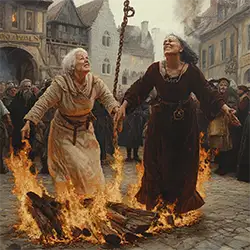
In the early 14th century, the number of trials for witchcraft in Europe was still small. Criminal law was sometimes invoked to intervene sporadically, but there was no legal ground for prosecution.
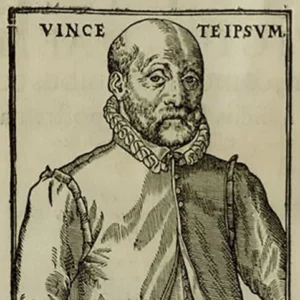
While a new promising golden age could dawn due to the elimination of the feudal system, the discovery of new continents and groundbreaking inventions such as printing press, compass, paper, etc., the opposite became true and Europe was shaken with the 100 Years’ War, the horrific religious wars and the terrible witch hunts that peaked between the 15th and 16th centuries.
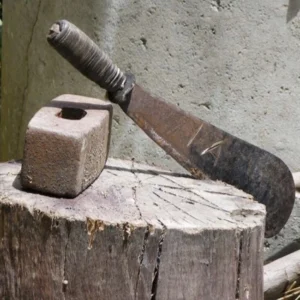
The laws that curbed witchcraft were abolished in most countries but some countries still punish witchcraft and related practices.
Discrimination against women was deeply rooted in gender stereotypes and reinforced by ancient traditions and religious beliefs.
Witch hunts were an expression of misogyny and served as a means of oppressing women who defied social norms, often for economic or power reasons.
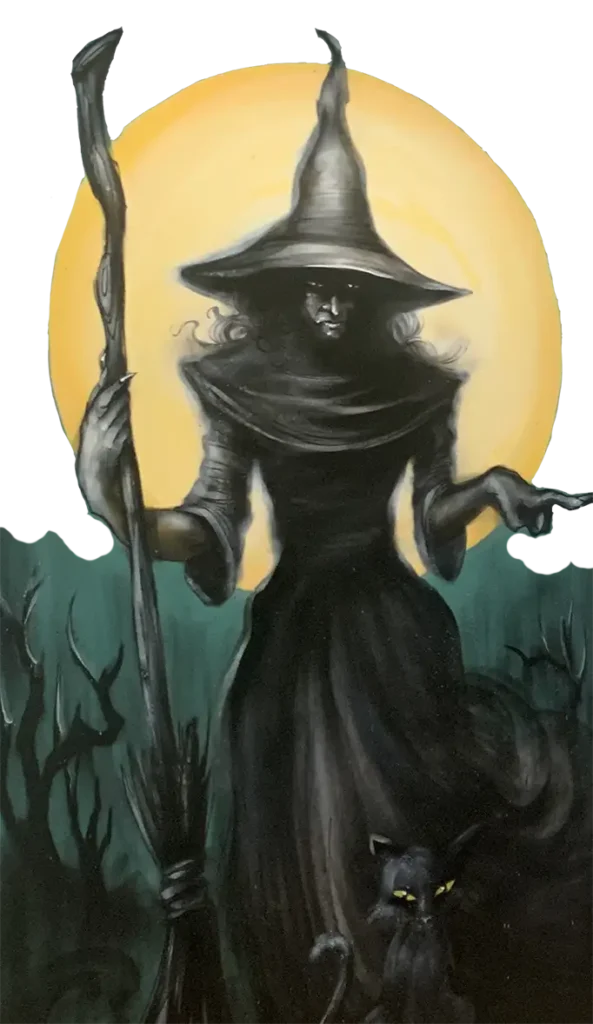
© 2025 Genco – Privacy statement . All rights reserved – Website Notion technologies
Multilingual WordPress with WPML